Home>Health & Lifestyle>Mindfulness & Relaxation Spaces>How Do You Use An Essential Oil Diffuser
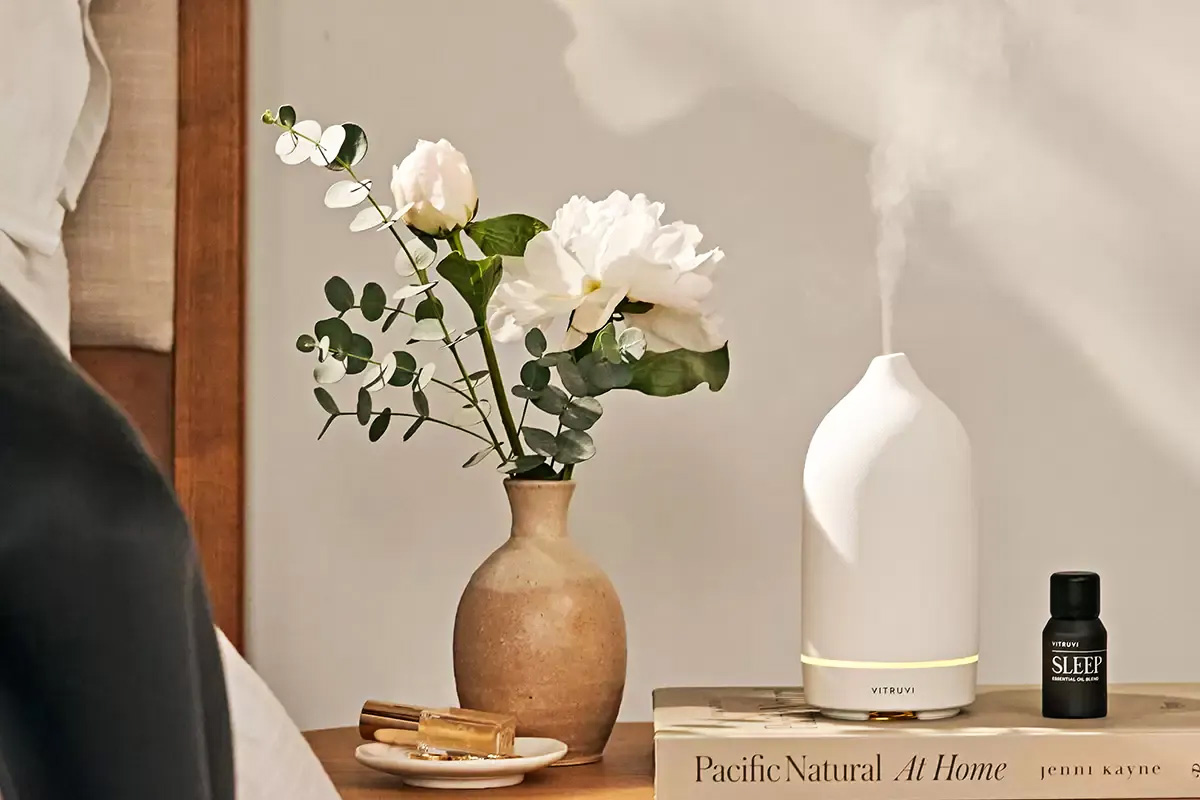

Mindfulness & Relaxation Spaces
How Do You Use An Essential Oil Diffuser
Modified: January 5, 2024
Discover how to use an essential oil diffuser to create mindfulness and relaxation spaces. Learn the best practices for optimal benefits.
(Many of the links in this article redirect to a specific reviewed product. Your purchase of these products through affiliate links helps to generate commission for Storables.com, at no extra cost. Learn more)
Introduction
In today's fast-paced world, finding moments of tranquility and relaxation is essential for maintaining a healthy balance in life. The use of essential oils and diffusers has gained popularity as a natural and effective way to create a calming and inviting atmosphere. Whether you are seeking to unwind after a long day, alleviate stress, or simply enhance your living space, essential oil diffusers offer a holistic approach to well-being.
With a myriad of options available, understanding how to use an essential oil diffuser effectively can significantly impact the overall experience. From ultrasonic diffusers to nebulizing diffusers, each type offers unique benefits that cater to individual preferences and needs. Learning the proper techniques for utilizing these devices ensures that you can fully enjoy the therapeutic properties of essential oils while creating an ambiance that promotes relaxation and mindfulness.
This comprehensive guide aims to delve into the world of essential oil diffusers, shedding light on the various types available, the best practices for using them, and essential safety precautions. By the end of this journey, you will be equipped with the knowledge and confidence to make the most of your essential oil diffuser, transforming your space into a sanctuary of tranquility and rejuvenation. So, let's embark on this aromatic odyssey and unlock the secrets of maximizing the benefits of essential oil diffusion.
Key Takeaways:
- Transform any space into a serene sanctuary by using an essential oil diffuser, promoting relaxation, mental clarity, and well-being through captivating scents and therapeutic benefits.
- Embrace the art of diffusing essential oils to curate custom blends, adjust settings, and immerse yourself in moments of serenity and self-care, creating an inviting space for relaxation and mindfulness.
Read more: What Is An Essential Oil Diffuser Used For
What is an Essential Oil Diffuser?
An essential oil diffuser is a device designed to disperse aromatic essential oils into the air, creating a fragrant and therapeutic ambiance. These diffusers are widely used in homes, spas, and wellness centers to promote relaxation, uplift moods, and purify the air. By breaking down the essential oils into micro-particles and dispersing them as a fine mist, diffusers allow the oils to be easily inhaled and absorbed, maximizing their therapeutic benefits.
Essential oil diffusers come in various types, each employing distinct mechanisms to disperse the oils. The most common types of diffusers include ultrasonic, nebulizing, heat, and evaporative diffusers.
One of the key benefits of using an essential oil diffuser is the ability to create a customized aromatic experience. Whether you seek to unwind with the calming scent of lavender, invigorate your senses with peppermint, or create a warm and cozy ambiance with cinnamon, essential oil diffusers offer a versatile and natural approach to scenting your environment.
Beyond their aromatic appeal, essential oil diffusers also serve as a practical and aesthetic addition to any space. Many diffusers feature elegant designs, soothing LED lighting, and whisper-quiet operation, making them ideal for use in bedrooms, living rooms, and office spaces.
As the popularity of aromatherapy and holistic wellness continues to grow, essential oil diffusers have emerged as a staple in promoting mindfulness and relaxation. With their ability to transform any environment into a haven of tranquility, these devices have become essential tools for those seeking to incorporate the benefits of aromatherapy into their daily routine.
Types of Essential Oil Diffusers
Essential oil diffusers come in various types, each offering unique features and benefits that cater to different preferences and needs. Understanding the distinctions between these diffusers is essential for selecting the most suitable option for your space and desired aromatic experience. The four primary types of essential oil diffusers are ultrasonic, nebulizing, heat, and evaporative diffusers.
- Ultrasonic Diffusers: These diffusers utilize ultrasonic vibrations to disperse a fine mist of water and essential oils into the air. They are known for their whisper-quiet operation and ability to maintain the therapeutic properties of the oils. Ultrasonic diffusers also serve as humidifiers, adding moisture to the air, which can be particularly beneficial in dry environments.
- Nebulizing Diffusers: Nebulizing diffusers operate by using pressurized air or gas to break down the essential oils into a fine mist, which is then released into the air. Unlike ultrasonic diffusers, nebulizing diffusers do not require water or heat, allowing the oils to be dispersed in their purest form. This type of diffuser is highly effective in delivering the full spectrum of therapeutic benefits of essential oils.
- Heat Diffusers: Heat diffusers, as the name suggests, use heat to evaporate the essential oils and disperse their aroma into the air. While they are simple in design and easy to use, heat diffusers may alter the chemical composition of the oils, potentially diminishing their therapeutic properties. They are best suited for smaller spaces and are often used as personal diffusers.
- Evaporative Diffusers: Evaporative diffusers operate by allowing air to pass over a pad or filter containing the essential oils, causing the oils to evaporate and diffuse into the surrounding air. These diffusers are typically portable and come in various designs, including necklace pendants and car diffusers. While they are straightforward to use, evaporative diffusers may not provide as strong or long-lasting an aroma as other types.
Each type of essential oil diffuser has its advantages and considerations, and the choice ultimately depends on individual preferences, the size of the space, and the desired intensity of the aroma. By understanding the unique characteristics of each type, you can make an informed decision when selecting an essential oil diffuser that aligns with your aromatic and wellness goals.
How to Use an Essential Oil Diffuser
Using an essential oil diffuser is a simple and enjoyable process that allows you to create a personalized aromatic experience. Whether you are new to diffusers or seeking to optimize your usage, following these steps will help you make the most of your essential oil diffuser:
- Choose a Suitable Location: Select a stable surface near a power outlet for your diffuser. Ensure that the diffuser is placed on a level surface to prevent any spills or accidents.
- Add Water: If your diffuser requires water, carefully fill the reservoir with clean, room-temperature water. Be mindful not to exceed the maximum fill line to prevent overfilling.
- Add Essential Oils: Depending on the capacity of your diffuser, add 3 to 10 drops of your preferred essential oil or oil blend into the water. It is advisable to refer to the diffuser’s manual for specific guidance on the recommended amount of essential oil to use.
- Adjust Settings: Some diffusers offer adjustable settings for mist intensity and duration. Select your desired settings based on the size of the space and your preference for the strength of the aroma. Additionally, if your diffuser features soothing LED lighting, you can customize the color or opt for a soft, ambient glow.
- Turn on the Diffuser: Plug in the diffuser and switch it on according to the manufacturer’s instructions. The diffuser will begin dispersing the aromatic mist, creating a serene and inviting atmosphere in your space.
- Maintain and Clean: After each use, it is important to empty any remaining water and wipe the inside of the reservoir to prevent the buildup of residue. Regular cleaning and maintenance will help ensure the longevity and optimal performance of your diffuser.
By following these steps, you can effortlessly harness the benefits of essential oils and enjoy the soothing and therapeutic effects of aromatherapy in your surroundings. Experimenting with different essential oil blends and adjusting the settings to suit your preferences will allow you to curate an aromatic journey tailored to your unique needs and desires.
Add water to the diffuser’s reservoir, then add 3-10 drops of your chosen essential oil. Turn on the diffuser and enjoy the aroma as it disperses into the air.
Tips for Using an Essential Oil Diffuser
Enhancing your experience with an essential oil diffuser involves more than just the basic operation. By incorporating the following tips into your diffusing routine, you can elevate the effectiveness and enjoyment of aromatherapy in your living or work space:
- Experiment with Essential Oil Blends: Mix and match different essential oils to create custom blends that cater to your specific needs and preferences. For example, blending lavender and bergamot oils can promote relaxation, while combining peppermint and eucalyptus oils may invigorate and refresh your senses.
- Consider the Size of the Space: Adjust the number of drops of essential oil based on the size of the room. Larger spaces may require a slightly higher concentration of oils to achieve the desired aroma, while smaller areas may only need a few drops for a subtle scent.
- Timing and Duration: Be mindful of the duration for which you run the diffuser. While it is safe to use an essential oil diffuser for extended periods, it is advisable to allow for intervals of non-diffusing to prevent olfactory fatigue and ensure that the aroma remains effective and noticeable.
- Use High-Quality Essential Oils: Invest in pure, high-quality essential oils to maximize the therapeutic benefits and ensure a captivating aroma. Lower-quality oils may contain additives or synthetic fragrances that diminish their natural properties.
- Customize the Aroma: Tailor the intensity of the aroma to suit your preferences. If you find the scent too strong, simply reduce the number of drops of essential oil, or dilute the blend with a bit of water in the reservoir.
- Blend with Carrier Oils: When using thicker essential oils such as patchouli or sandalwood, consider blending them with a carrier oil, such as sweet almond or jojoba oil, to facilitate their dispersion and prevent clogging in the diffuser.
- Engage in Mindfulness Practices: Use the diffusion process as an opportunity to engage in mindfulness or meditation. Take a few moments to focus on your breath and immerse yourself in the soothing aroma, allowing it to promote relaxation and mental clarity.
By incorporating these tips into your essential oil diffusing routine, you can harness the full potential of aromatherapy and create an ambiance that resonates with your well-being goals and personal preferences. Embracing the versatility and therapeutic properties of essential oils opens the door to a world of aromatic possibilities, enriching your daily rituals and spaces with tranquility and vitality.
Read more: How Do You Use A Diffuser Oil
Safety Precautions for Using an Essential Oil Diffuser
While essential oil diffusers offer a myriad of benefits, it is important to observe certain safety measures to ensure a safe and enjoyable experience. By adhering to the following precautions, you can mitigate potential risks and maximize the therapeutic advantages of aromatherapy:
- Dilution and Skin Contact: When handling undiluted essential oils, exercise caution to prevent direct skin contact. Always dilute essential oils with a carrier oil before applying them to the skin. Additionally, avoid touching the diffuser with undiluted essential oils on your hands, as this can potentially damage the internal components.
- Proper Ventilation: Ensure that the room in which you are using the diffuser is adequately ventilated. While essential oils disperse as a fine mist, proper ventilation helps prevent the accumulation of the aroma, especially in enclosed spaces, which can lead to olfactory fatigue or sensitivity in some individuals.
- Pet and Child Safety: Keep essential oils and diffusers out of reach of pets and children. Some essential oils can be toxic to pets if ingested, and direct inhalation of certain oils may not be suitable for young children. Always research and exercise caution when diffusing oils in the presence of pets or children.
- Water Quality: Use clean, room-temperature water in your diffuser to prevent the growth of bacteria and mold. Regularly empty and clean the water reservoir to maintain optimal hygiene and prevent the buildup of residue.
- Essential Oil Allergies: Be mindful of potential allergies to specific essential oils. If you or anyone in your household has known sensitivities or allergies to certain botanicals, carefully research the oils you plan to diffuse to avoid adverse reactions.
- Diffuser Placement: Position the diffuser on a stable surface away from the reach of pets and children. Avoid placing the diffuser near electrical outlets or electronic devices to prevent accidental spillage or damage.
- Regular Maintenance: Follow the manufacturer’s guidelines for cleaning and maintaining your diffuser. Regular maintenance helps prevent malfunctions and ensures the longevity of the device.
By prioritizing safety and mindfulness when using an essential oil diffuser, you can create a serene and harmonious environment while minimizing potential risks. Embracing these precautions not only safeguards your well-being but also allows you to fully immerse yourself in the therapeutic benefits of aromatherapy, fostering a space of tranquility and rejuvenation.
Conclusion
Embarking on the journey of utilizing an essential oil diffuser opens the door to a world of aromatic enchantment and holistic well-being. By understanding the diverse types of diffusers available, mastering the techniques for optimal usage, and embracing safety precautions, you can transform any space into a sanctuary of tranquility and rejuvenation.
Essential oil diffusers not only fill the air with captivating scents but also offer an array of therapeutic benefits, from promoting relaxation and mental clarity to uplifting moods and purifying the atmosphere. The versatility of essential oils allows for endless possibilities, enabling you to curate custom blends that cater to your individual needs and preferences.
As you engage in the art of diffusing essential oils, remember to approach the experience with mindfulness and creativity. Experiment with different blends, adjust settings to suit your ambiance, and immerse yourself in moments of serenity and self-care. Whether you seek to unwind after a long day, enhance your meditation practice, or simply create an inviting space for relaxation, an essential oil diffuser serves as a steadfast companion on your journey to holistic wellness.
Embrace the therapeutic power of essential oils, and let the gentle mist of your diffuser transport you to a realm of tranquility and balance. With each breath, inhale the natural essence of well-being, allowing it to uplift your spirits and infuse your surroundings with a sense of harmony and vitality.
May your aromatic odyssey be filled with moments of bliss and rejuvenation, as you harness the captivating allure of essential oil diffusion to create a haven of mindfulness and relaxation in your daily life.
Frequently Asked Questions about How Do You Use An Essential Oil Diffuser
Was this page helpful?
At Storables.com, we guarantee accurate and reliable information. Our content, validated by Expert Board Contributors, is crafted following stringent Editorial Policies. We're committed to providing you with well-researched, expert-backed insights for all your informational needs.
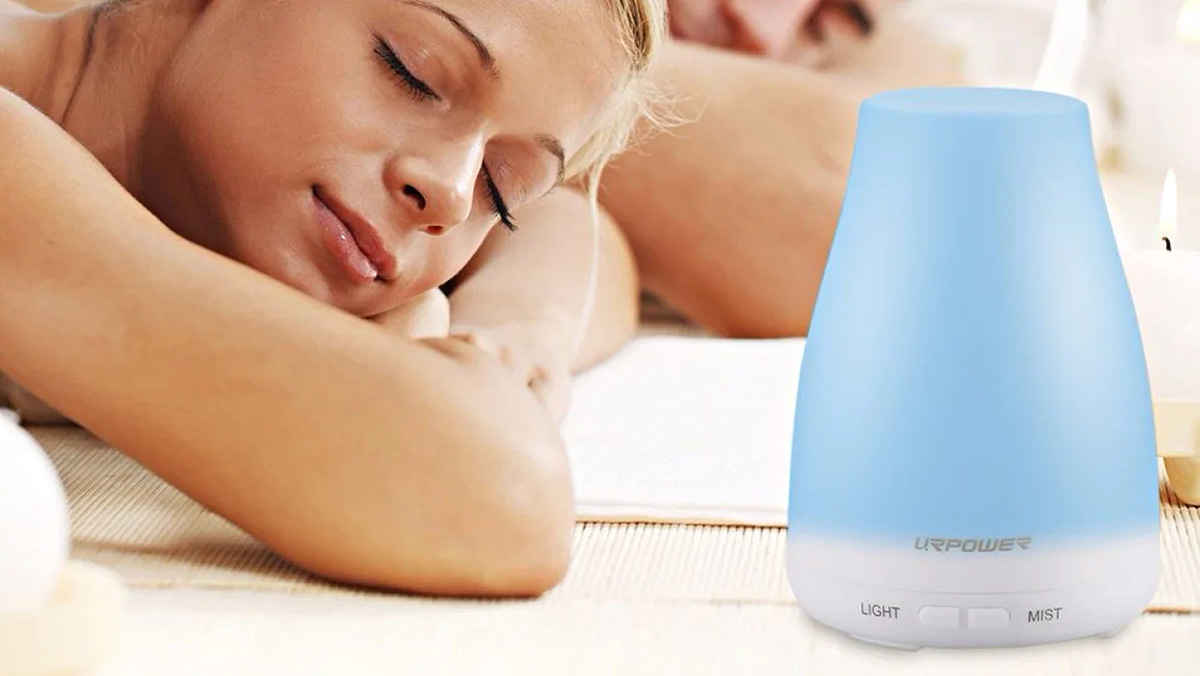
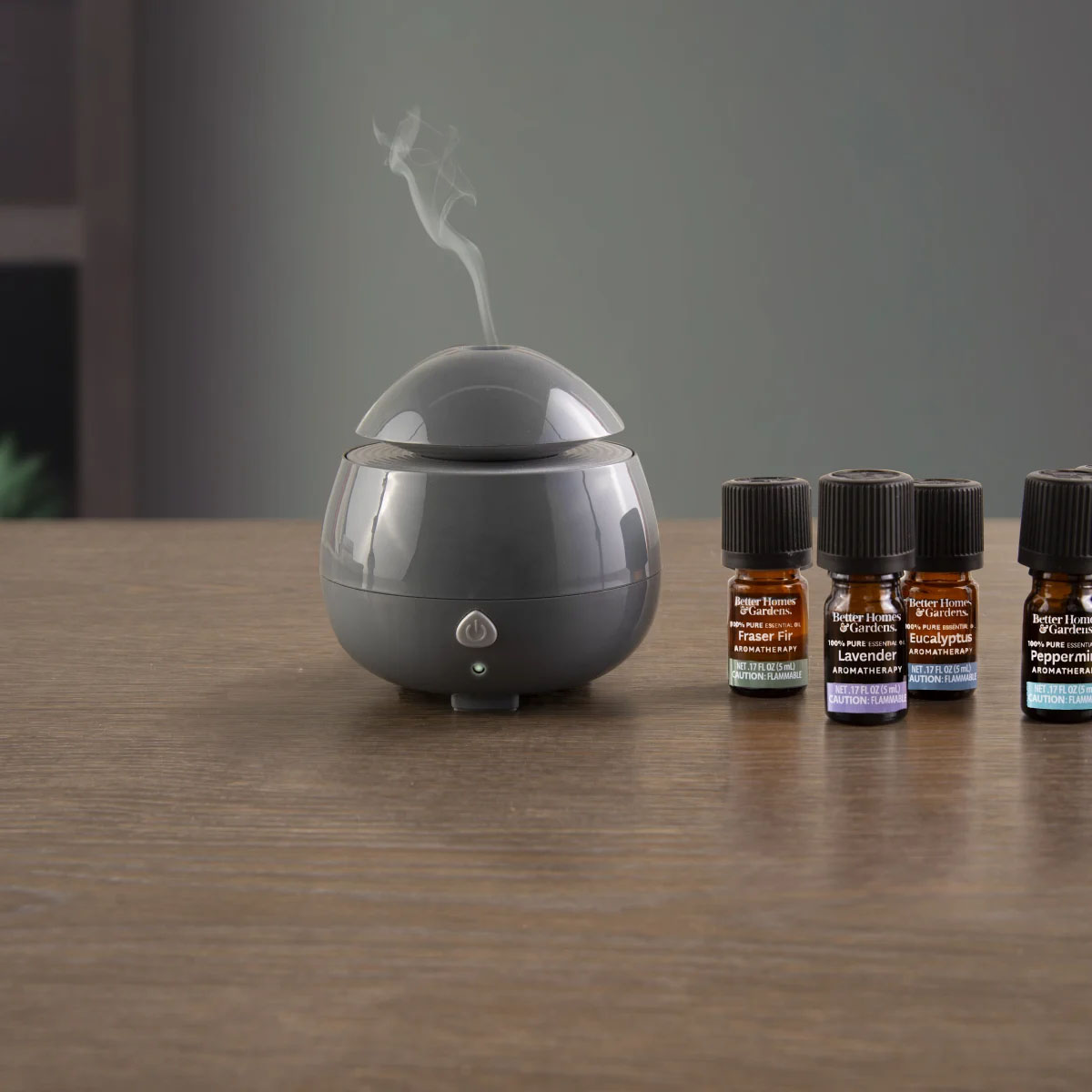
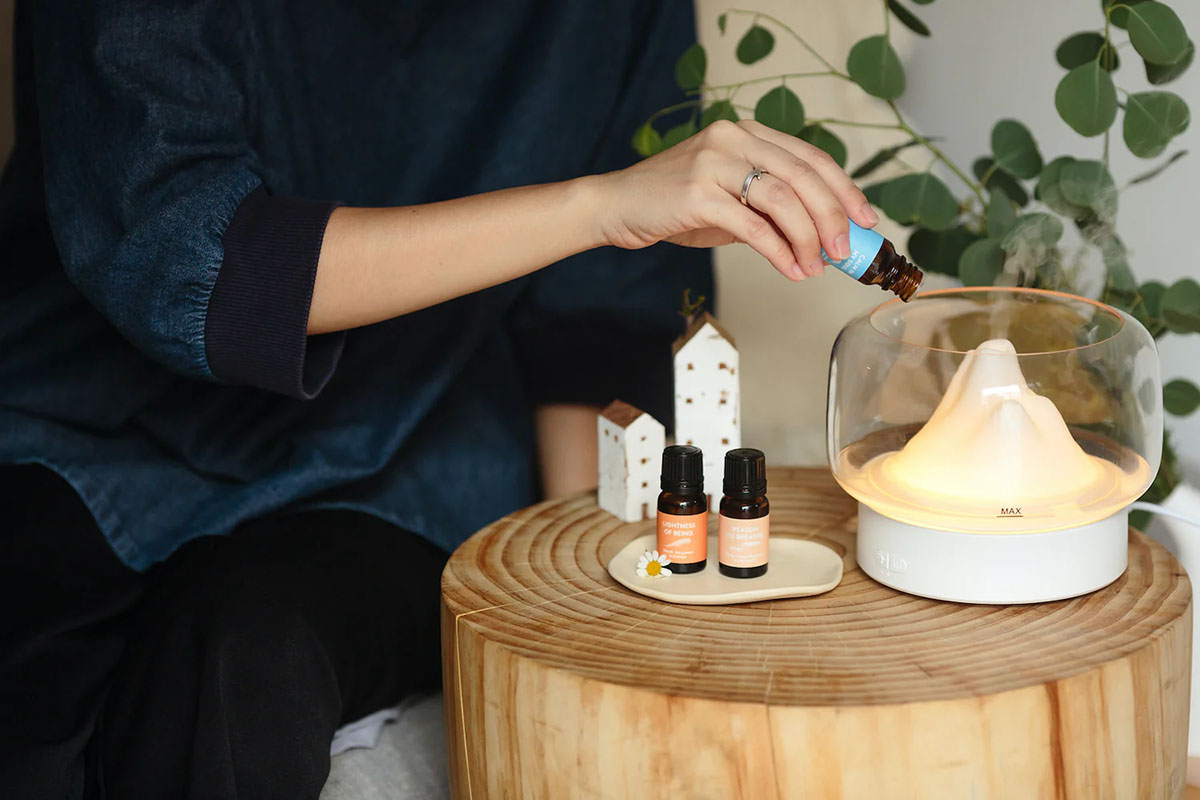
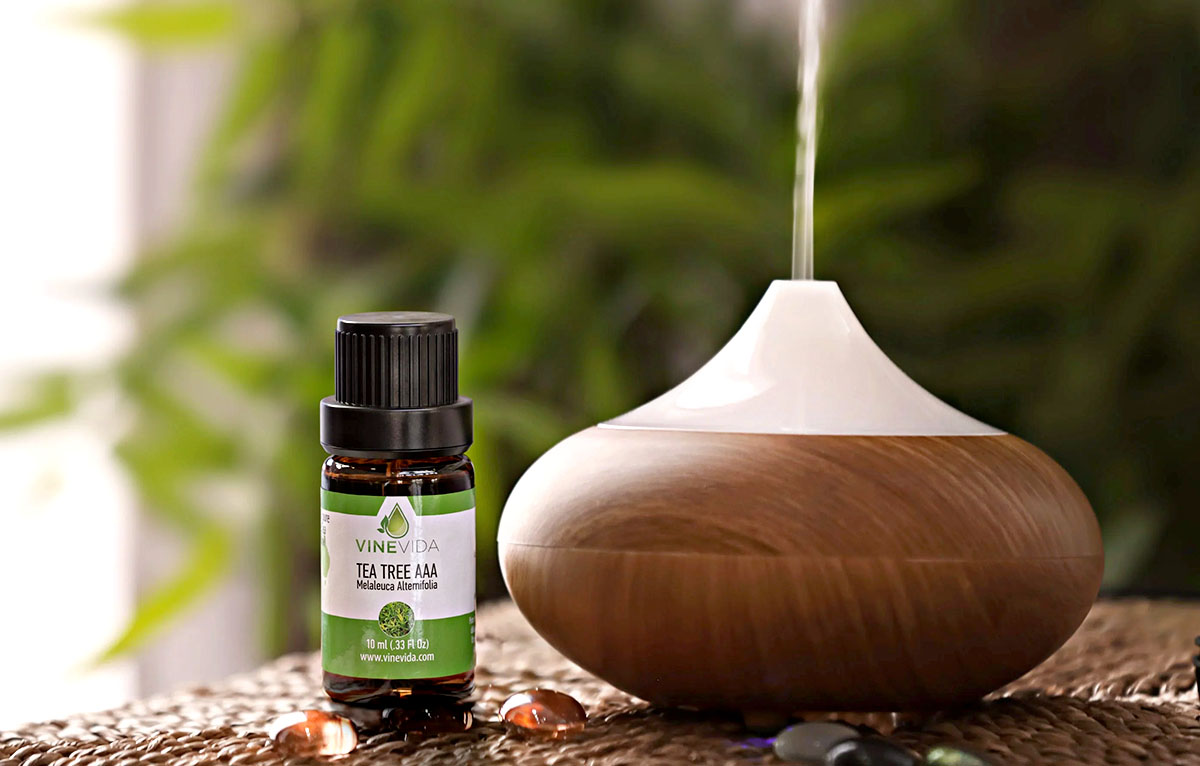
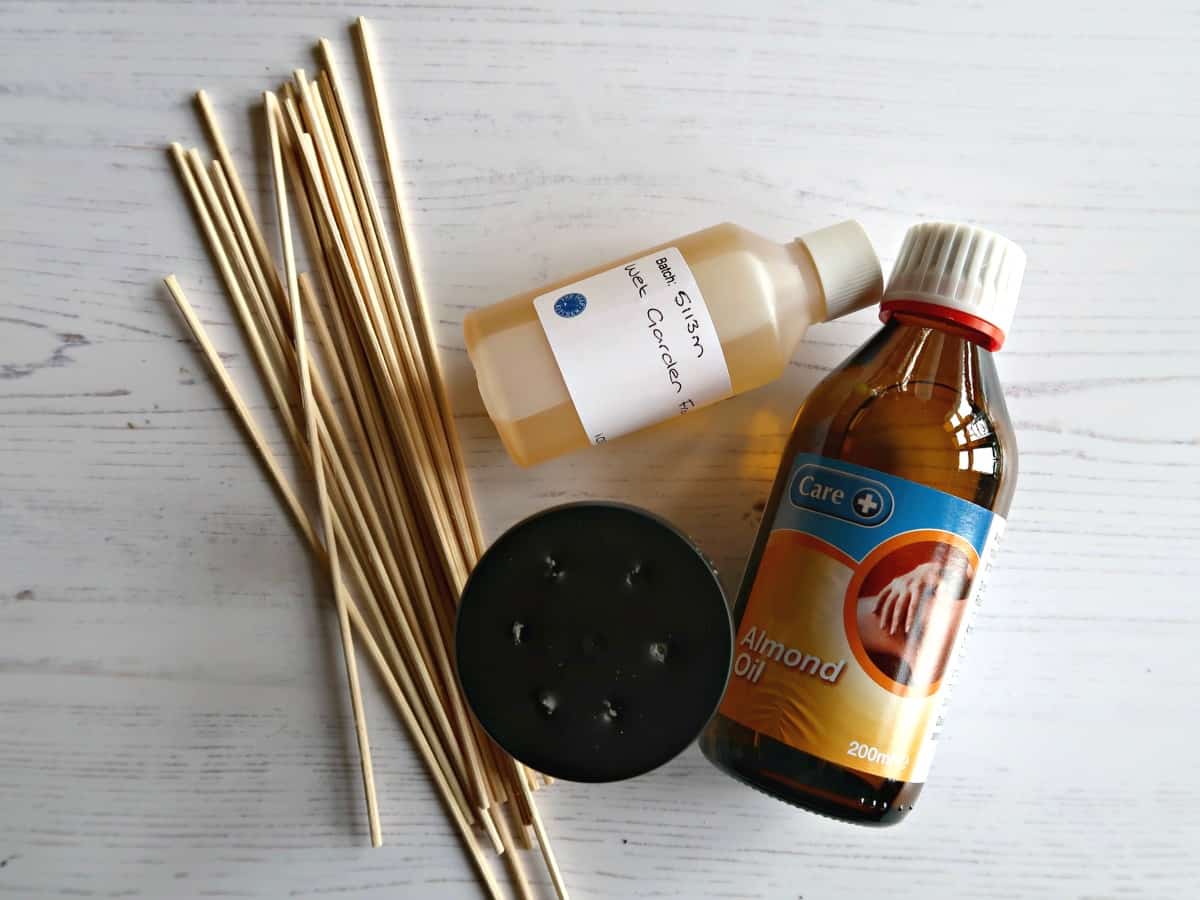
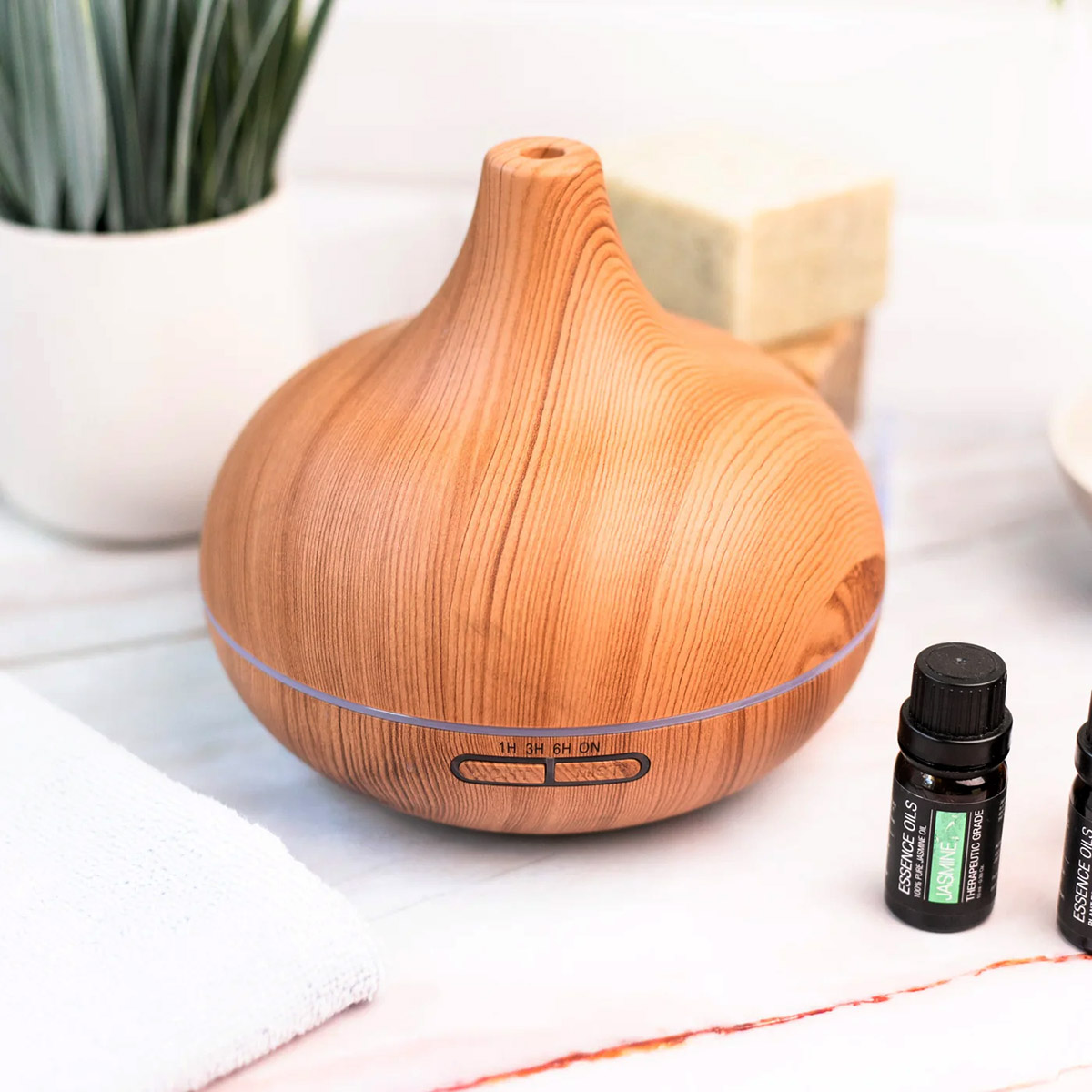
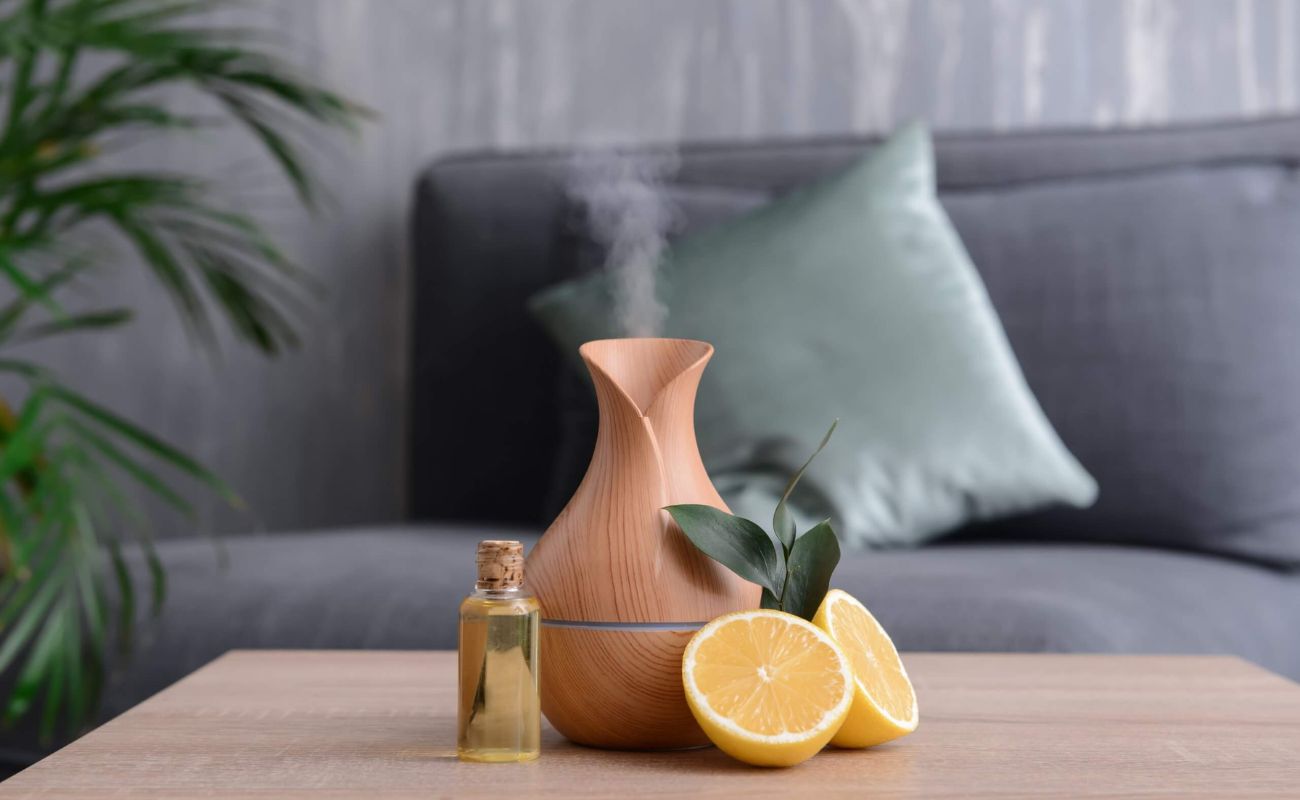
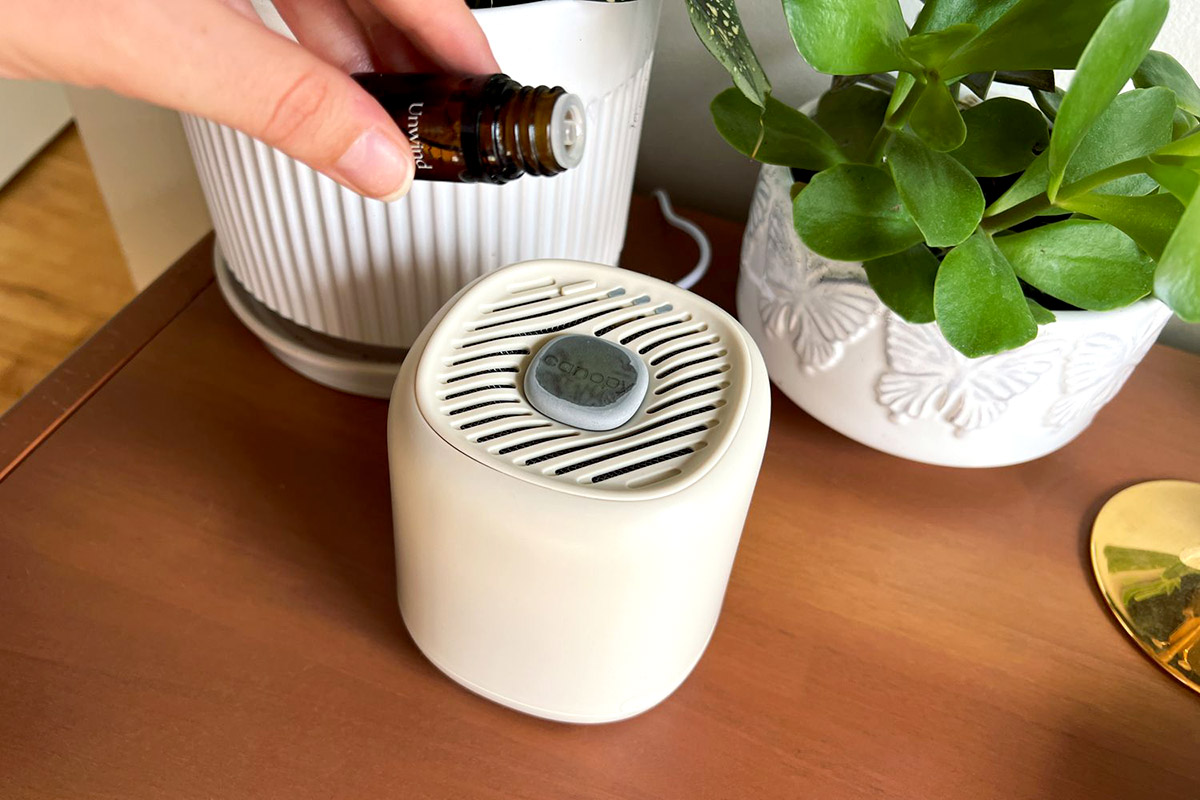
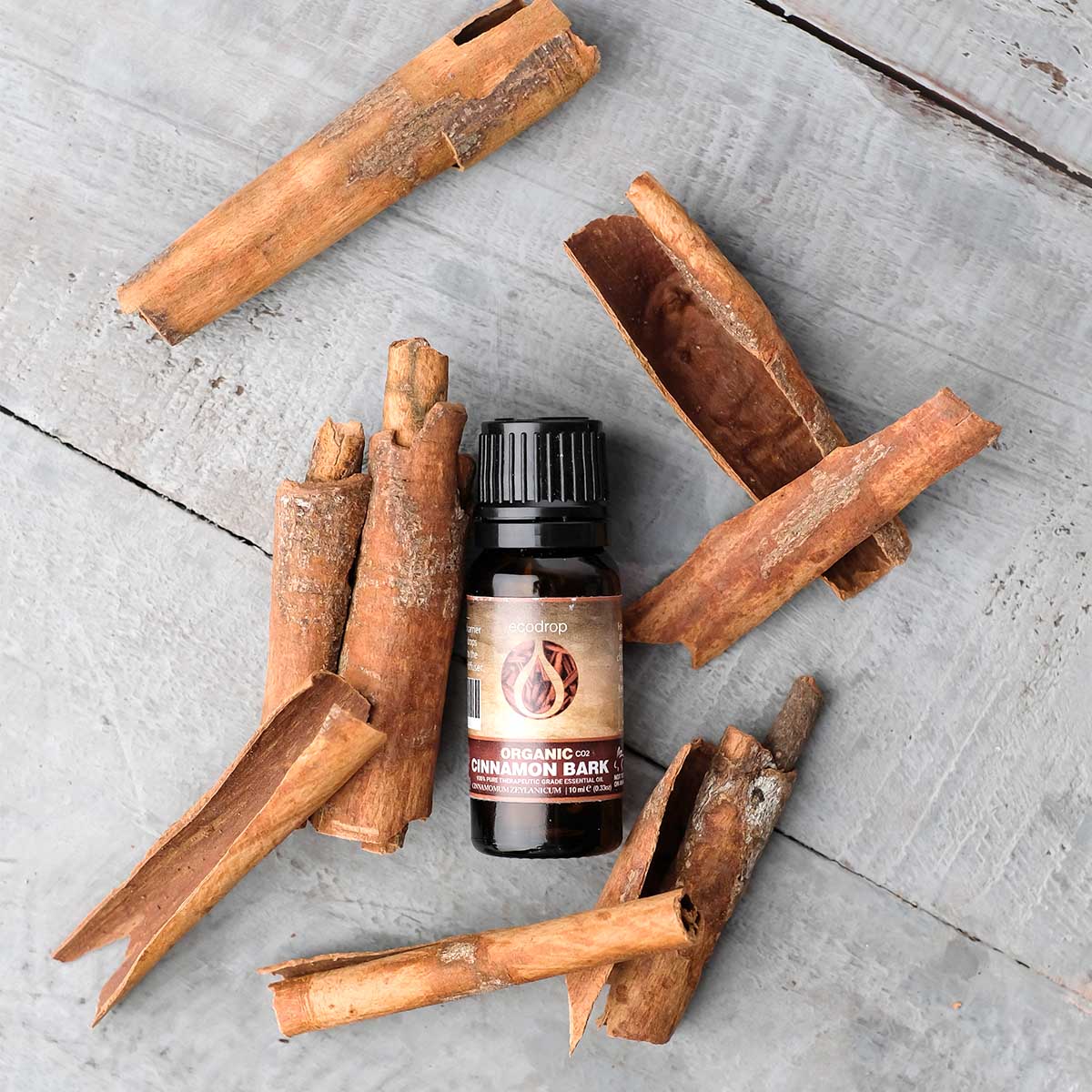
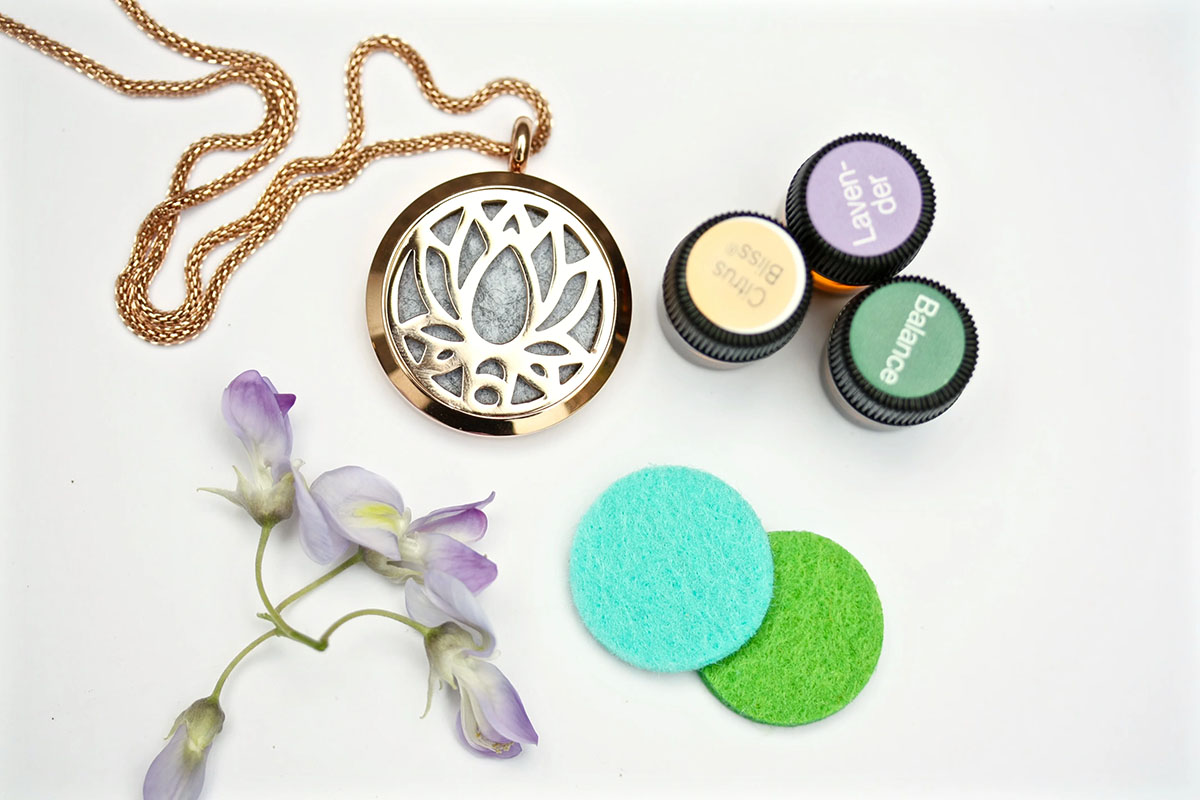
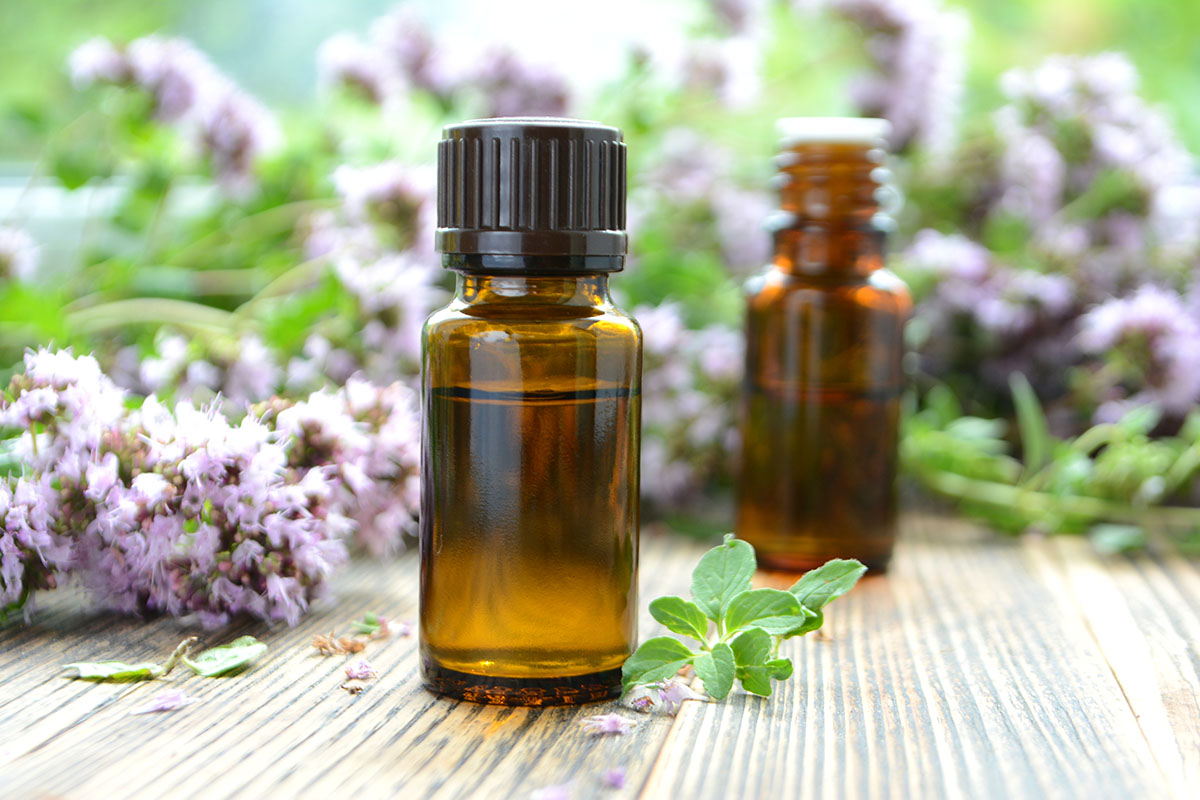
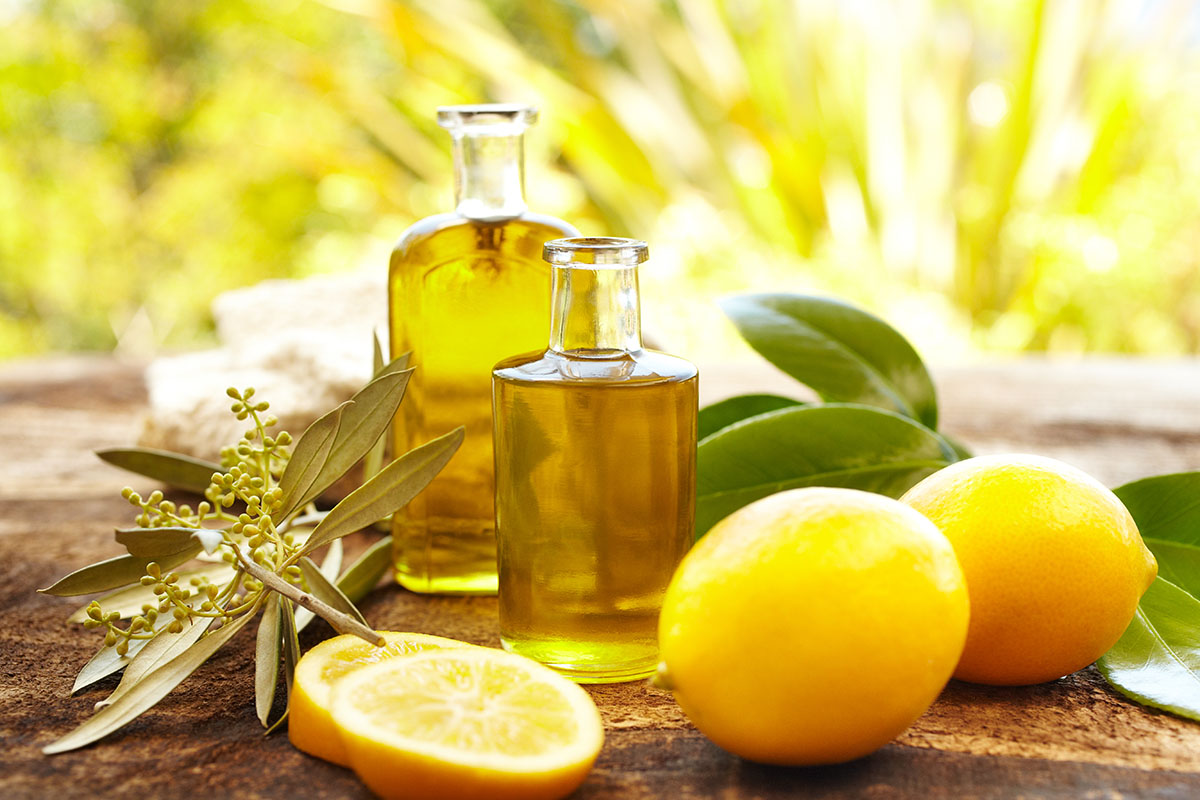
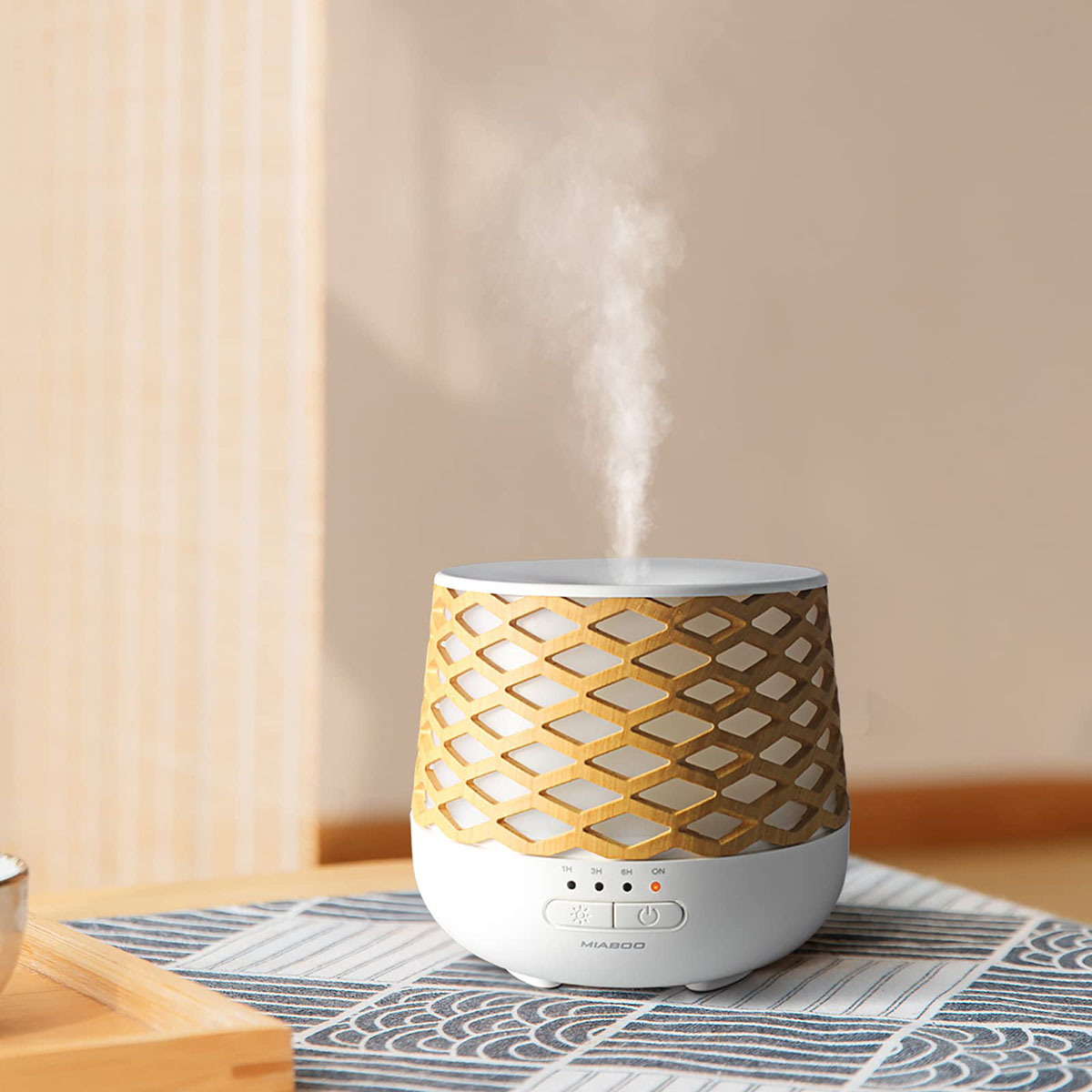
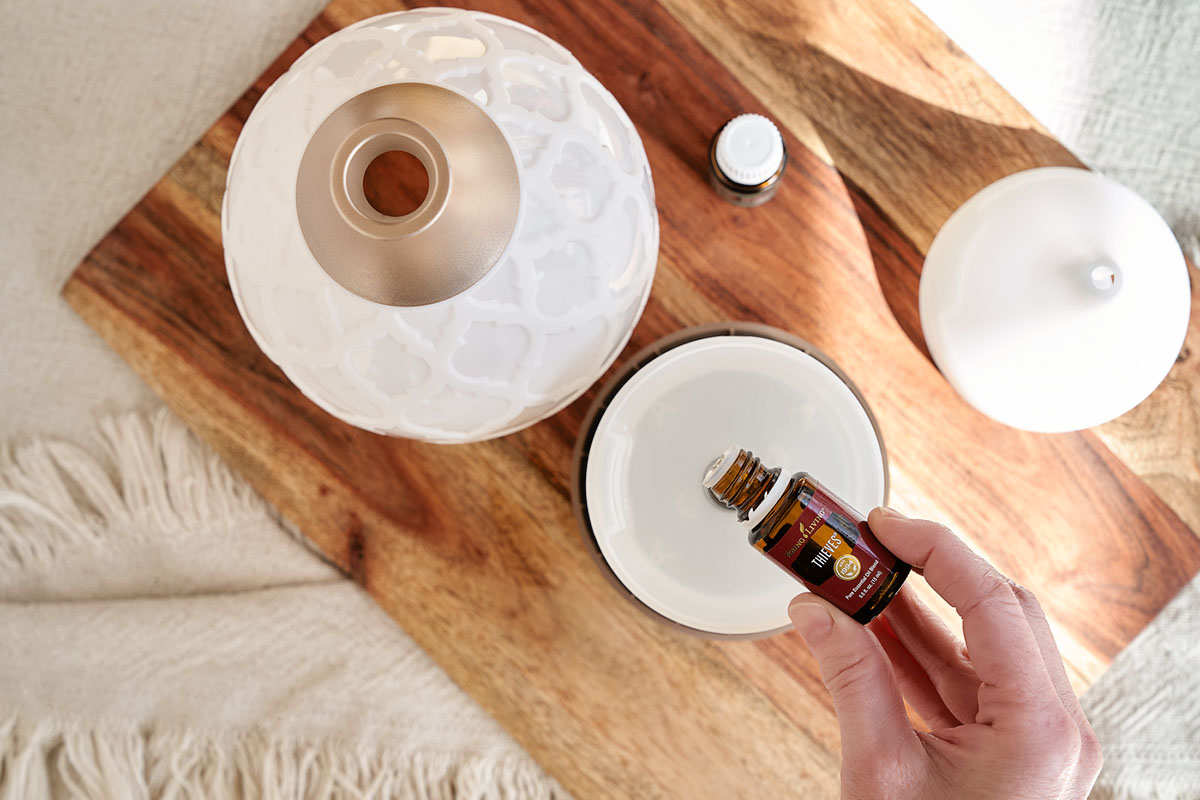

0 thoughts on “How Do You Use An Essential Oil Diffuser”